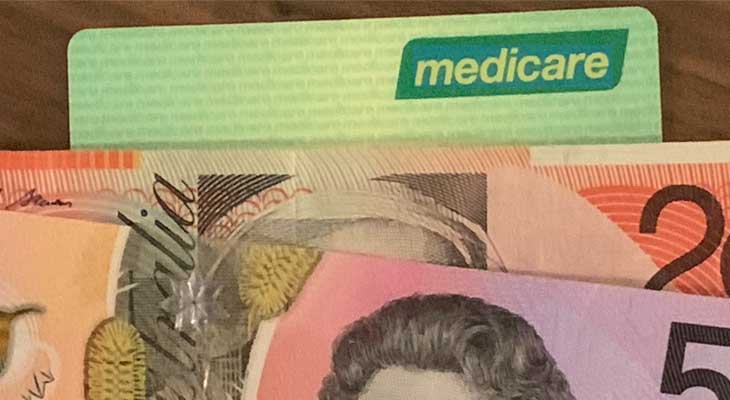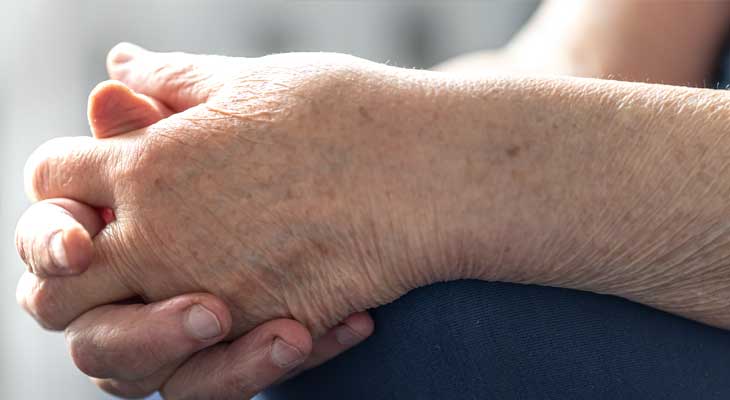INFORMATION SHEET: EXCISION
After your skin examination, your Doctor may diagnose a Skin Cancer based on what they see and recommend an excision. This can also happen if a biopsy has confirmed that a lesion is cancerous and needs to be removed.
An excision involves removing the lesion along with a small amount of healthy skin around it (known as the margin). The sample is then sent to a laboratory for further testing. Results usually take 1-2 weeks, and you'll be contacted by phone or SMS to let you know the outcome.
The procedure is done under local anaesthetic, so you shouldn't feel any pain during the excision. Afterward, you'll have a dressing on the wound, and your Doctor will provide instructions on how to care for it.
Stitches (or sutures) will be used to close the wound. These may be dissolvable, which means they will disappear on their own, or non-dissolvable, which will need to be removed in 1-2 weeks. If you have non-dissolvable sutures, you'll need to come back to the clinic for the nurse to take them out.
In some cases, if the area cannot be stitched closed, a skin graft or skin flap may be used. This involves taking healthy skin from another part of your body and moving it to the treated area to help it heal.

Prinatable Info Sheet (PDF)





